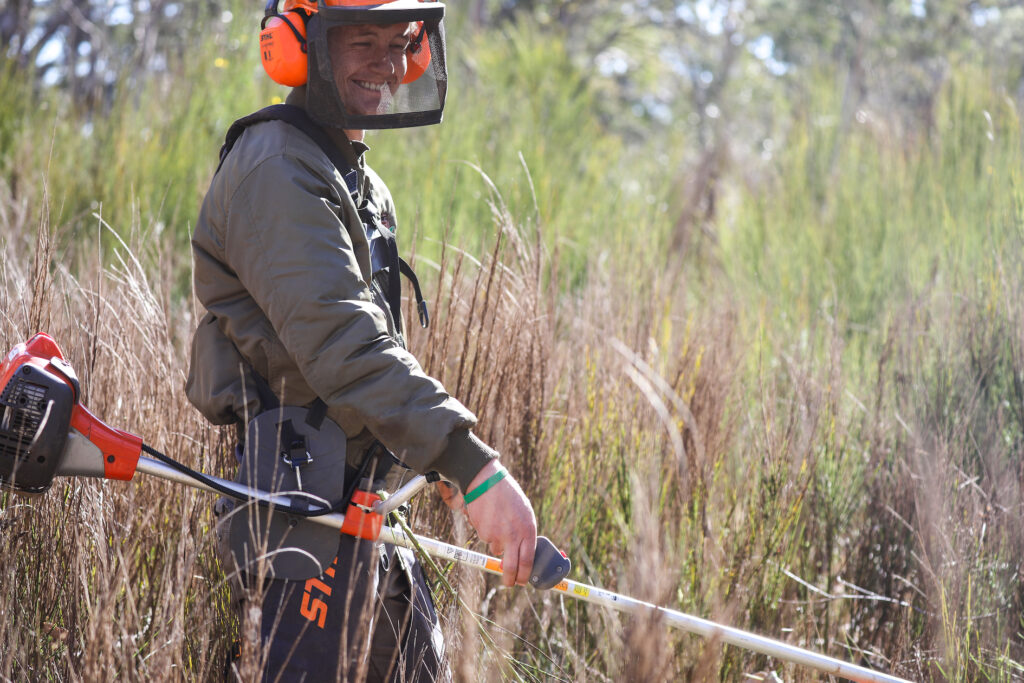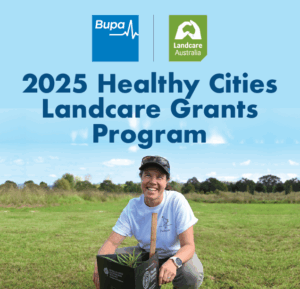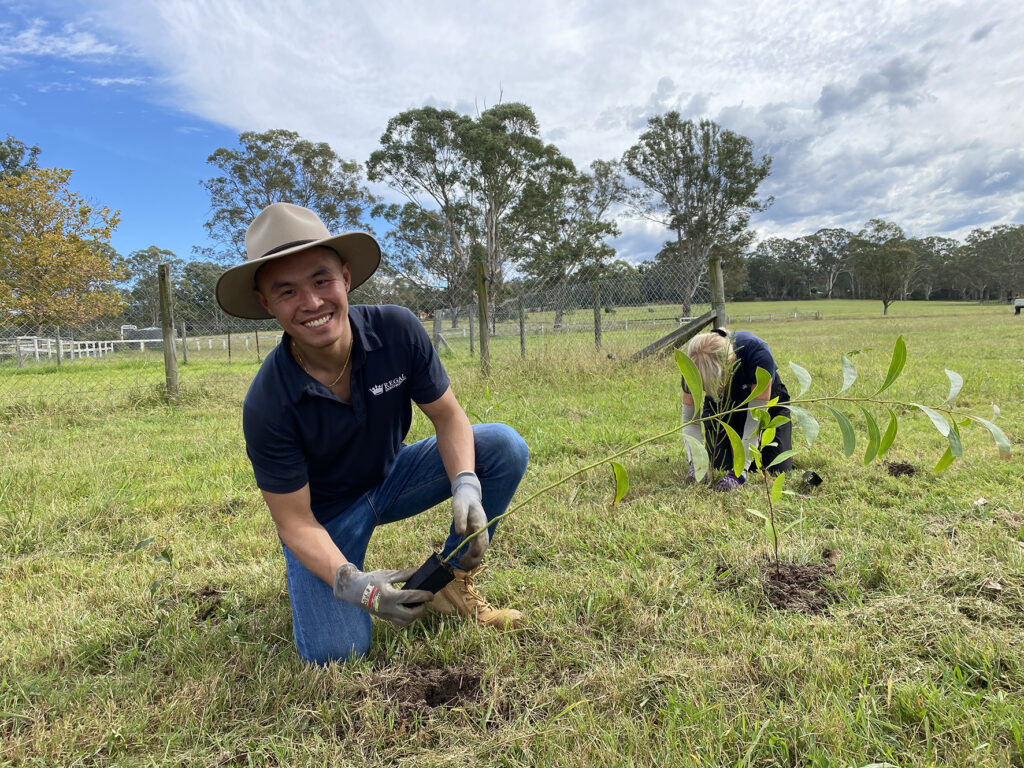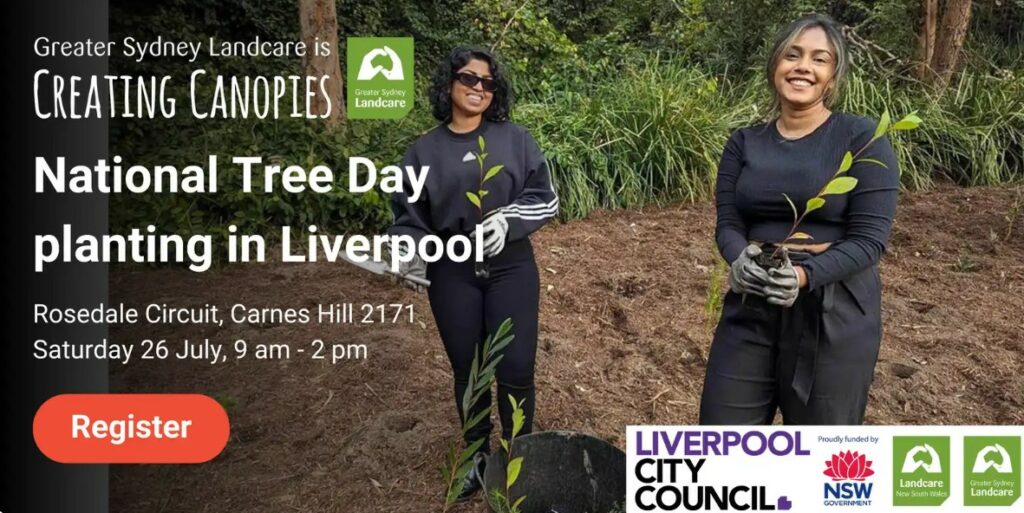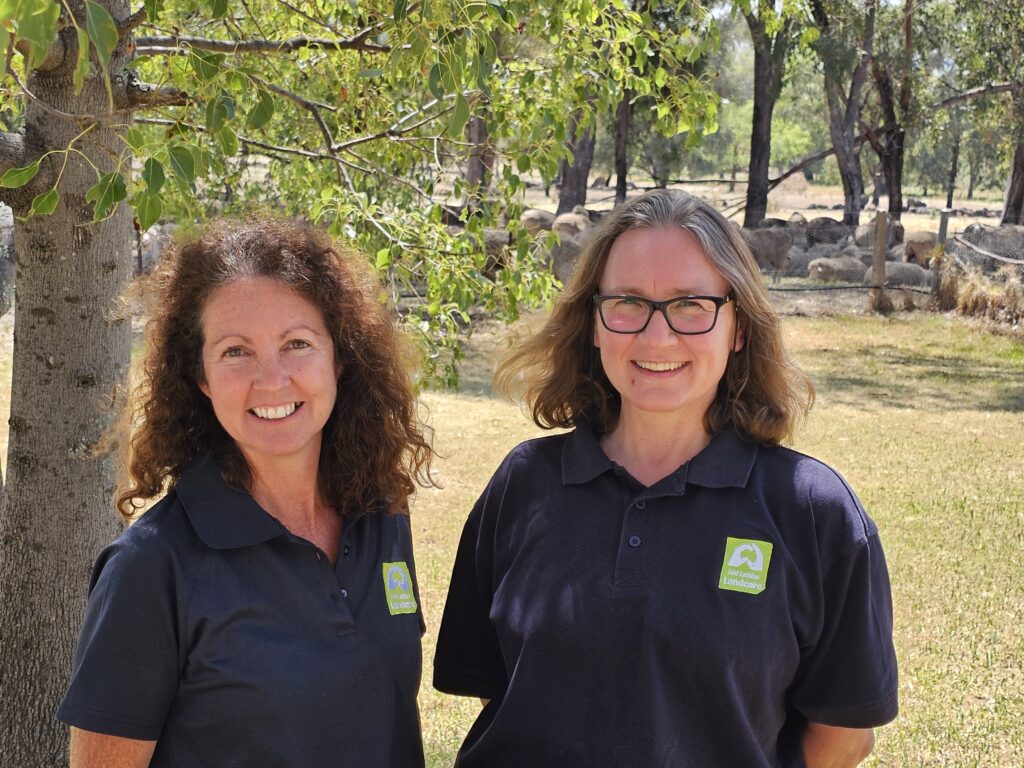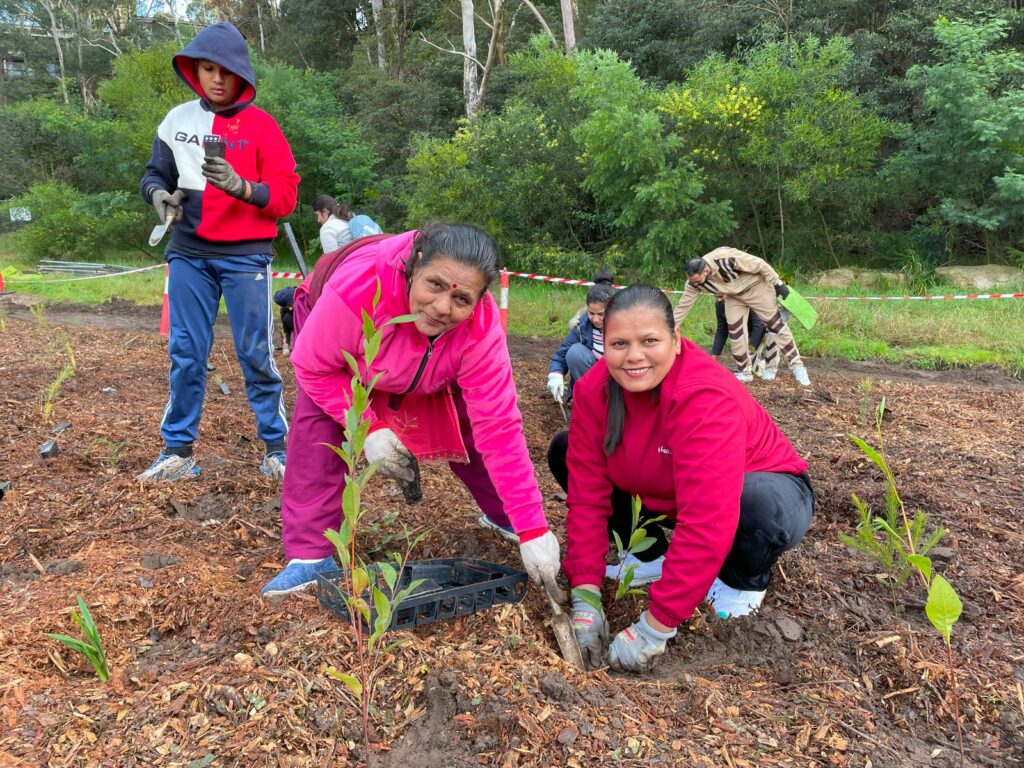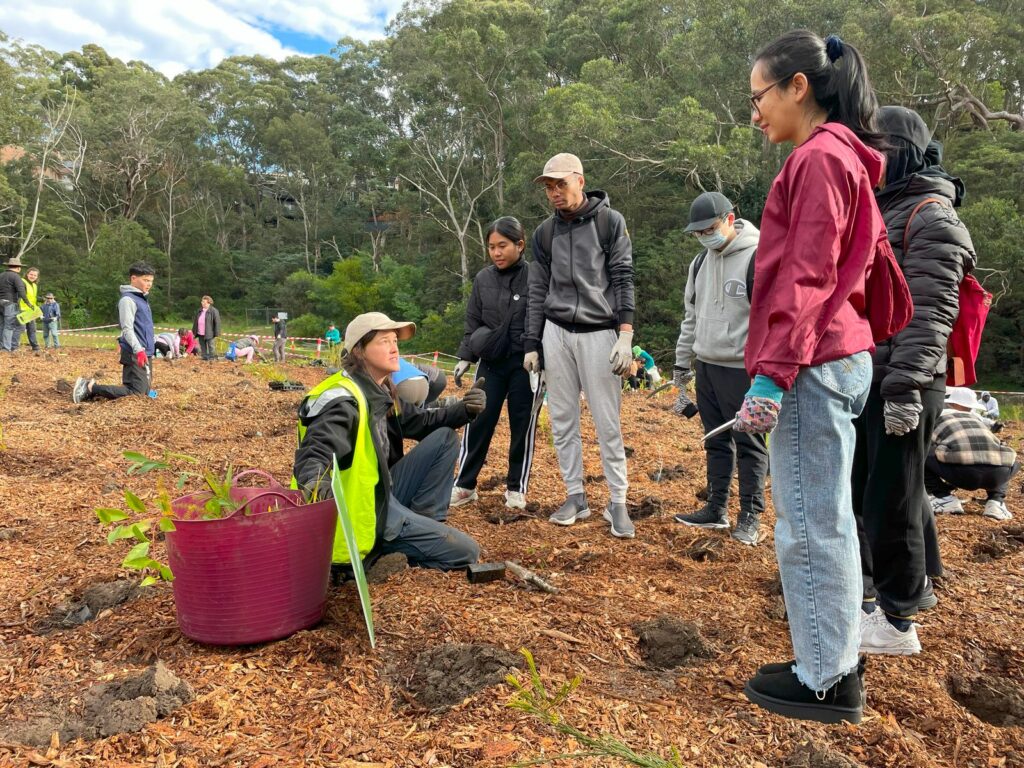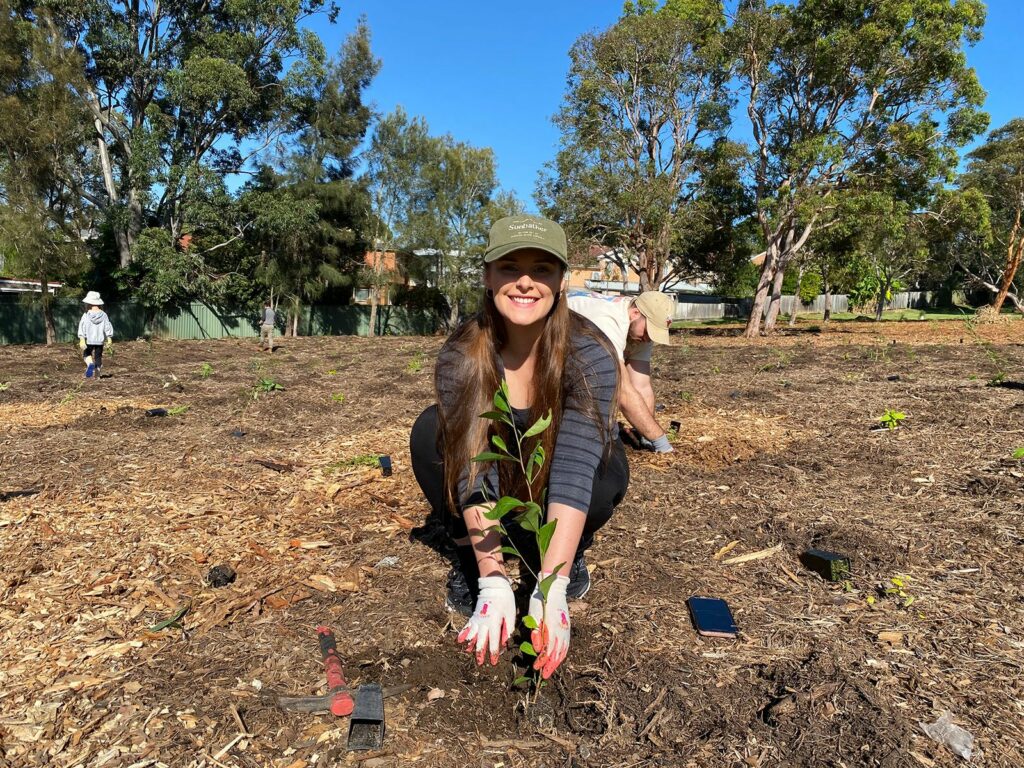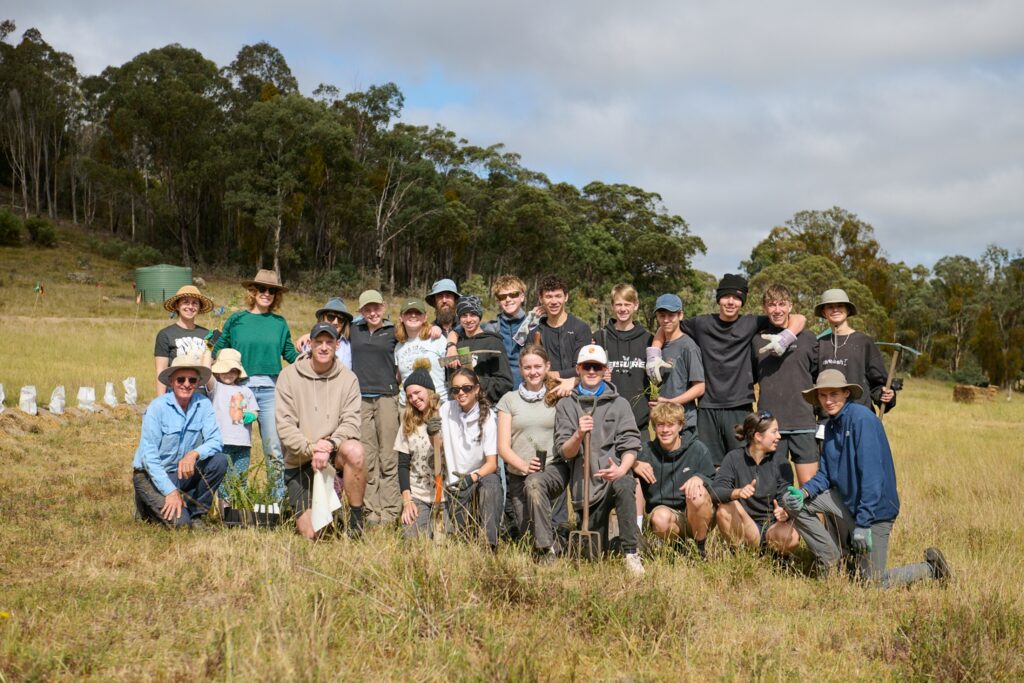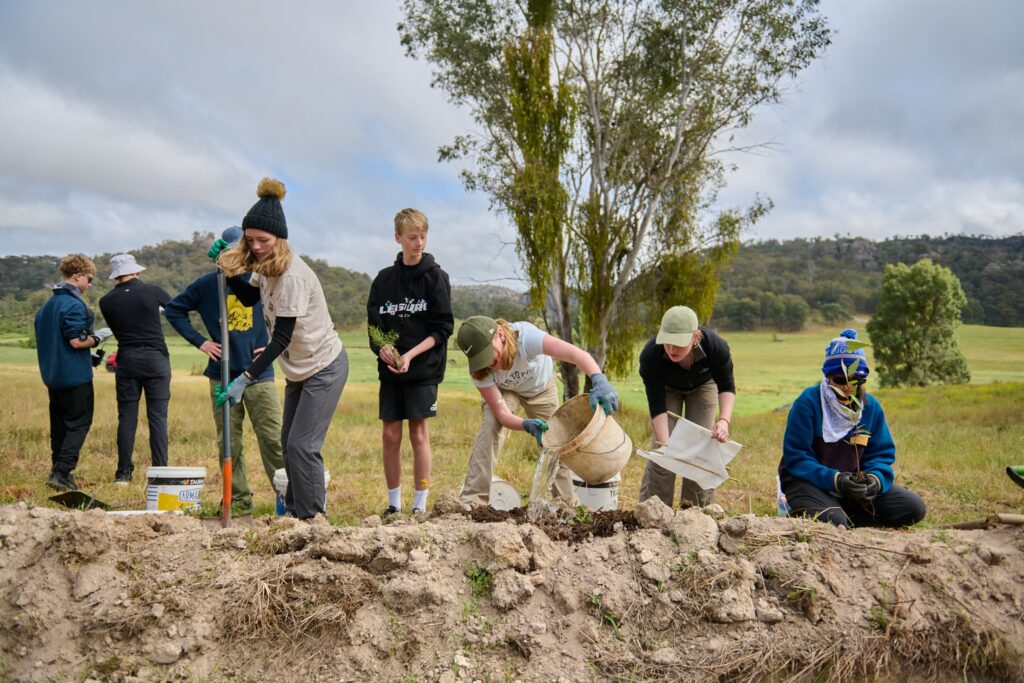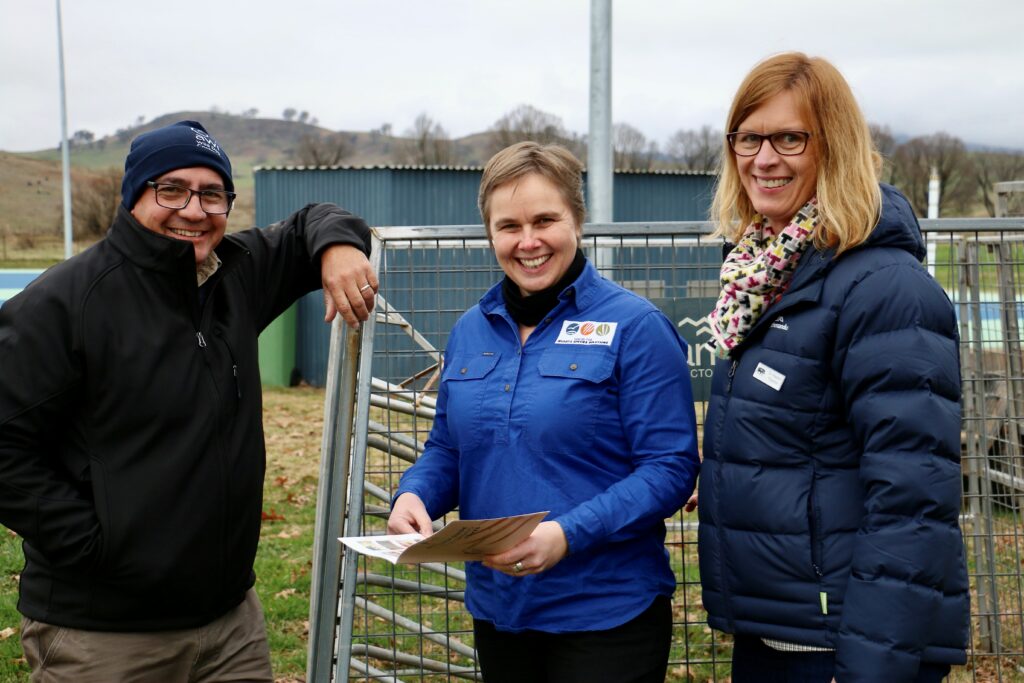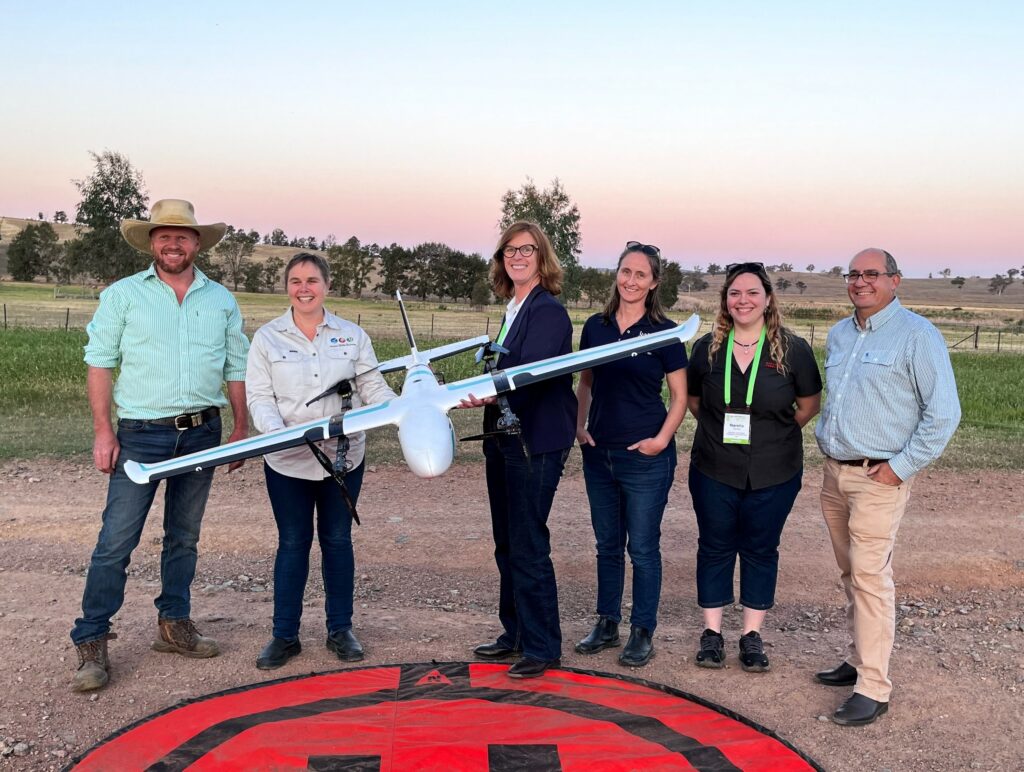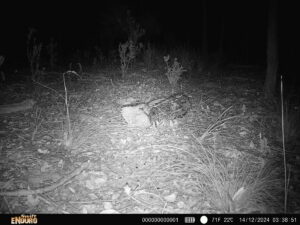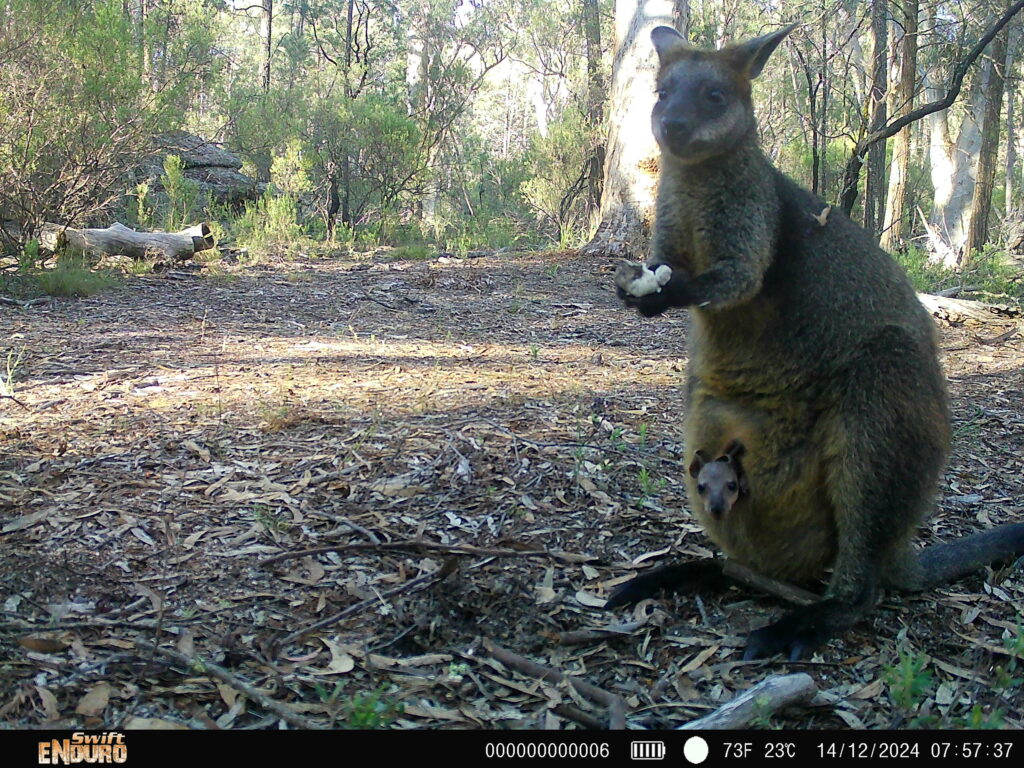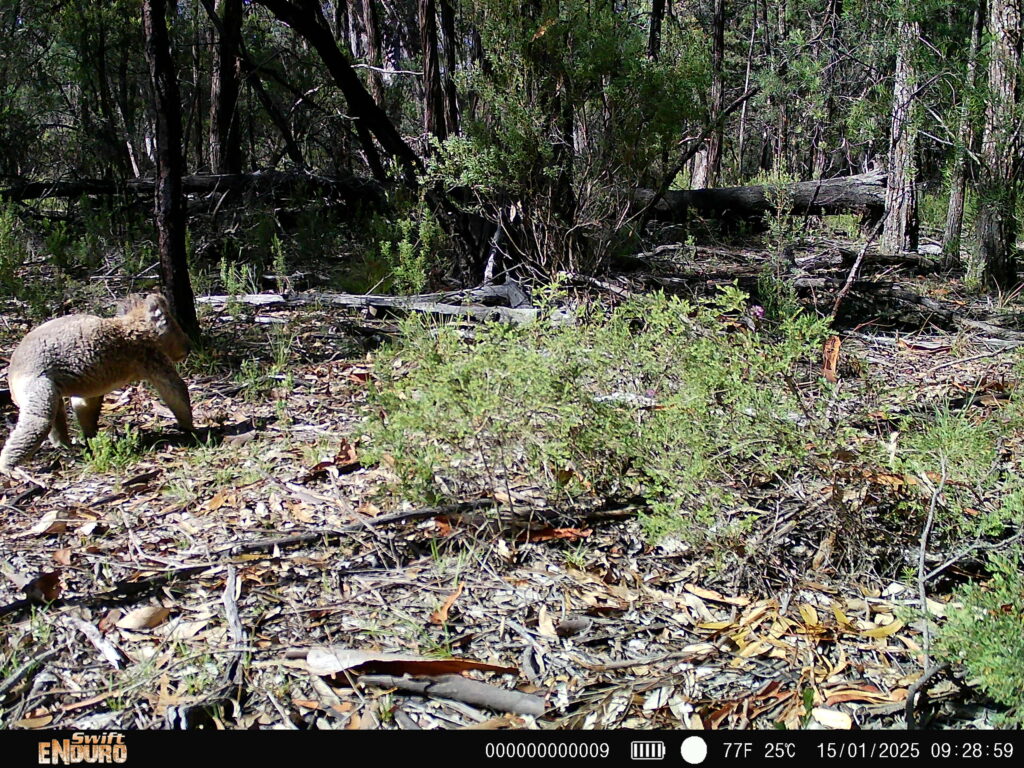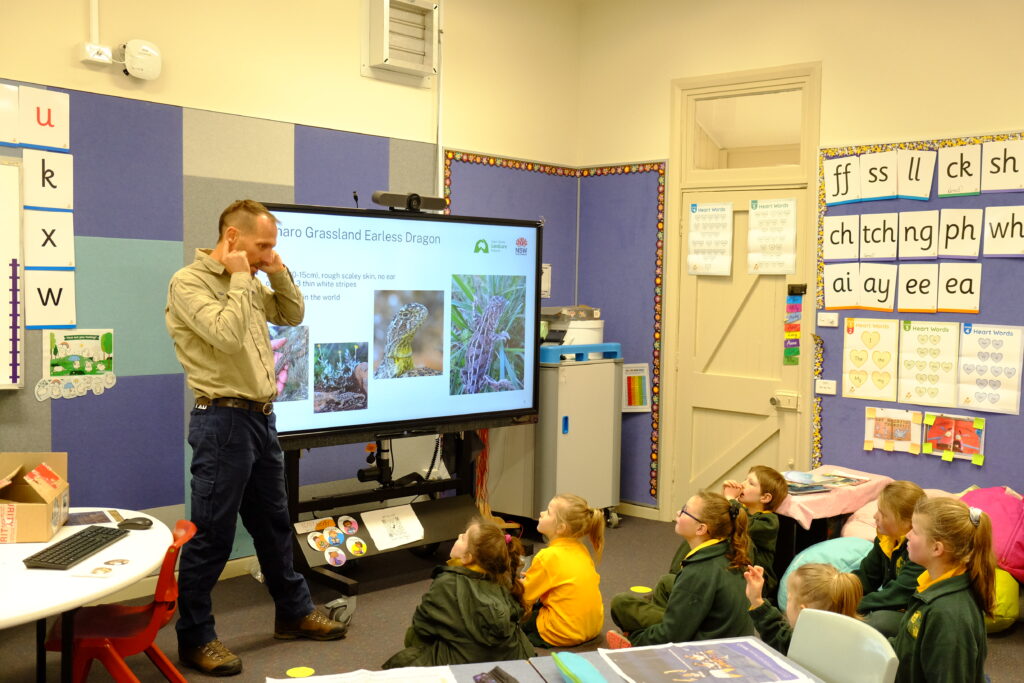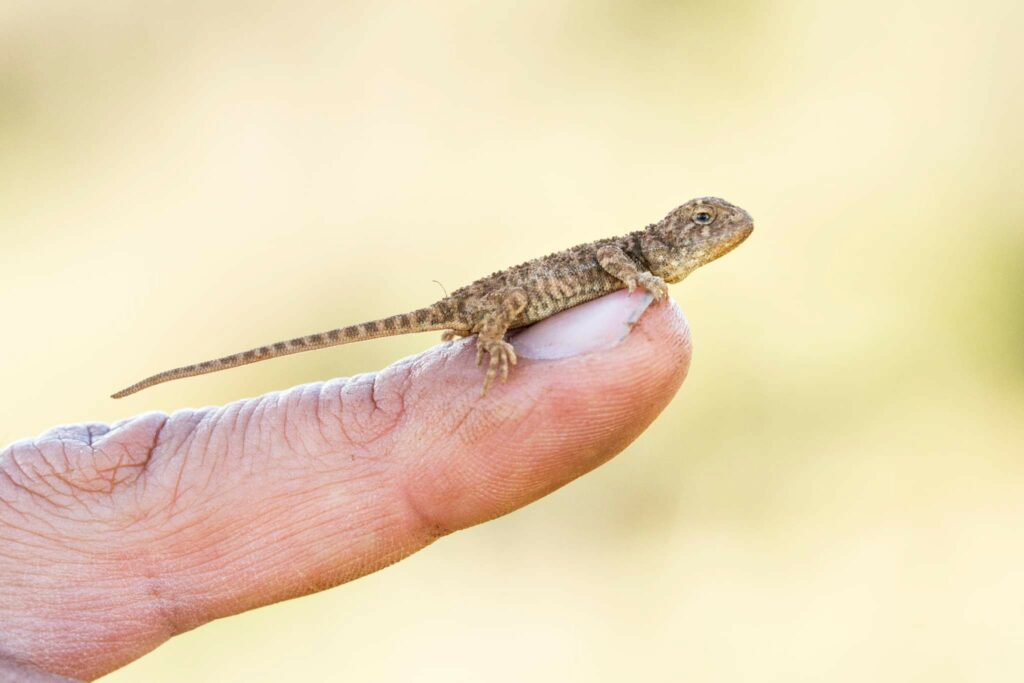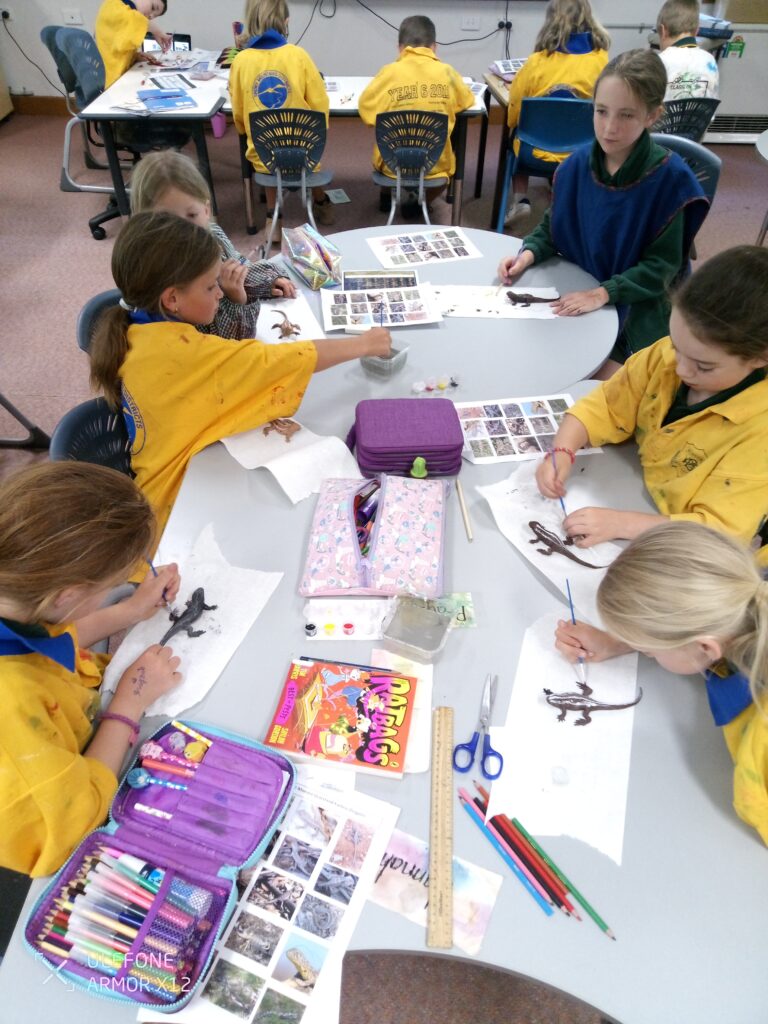Scotch Broom (Cytisus scoparius), one of the most invasive and destructive weeds in the Barrington Tops, has officially been eradicated from the Aussie Ark Sanctuary.
Introduced as an ornamental garden plant in the early 1900s, Scotch Broom spread aggressively across the region, where it smothered native vegetation, destroyed wildlife habitat, and fuelled extreme bushfire risk.
In 2016, Aussie Ark, in partnership with Scone Landcare and the Department of Primary Industries, released English broom gall mites (Aceria genistae) as part of an ambitious biological control program.
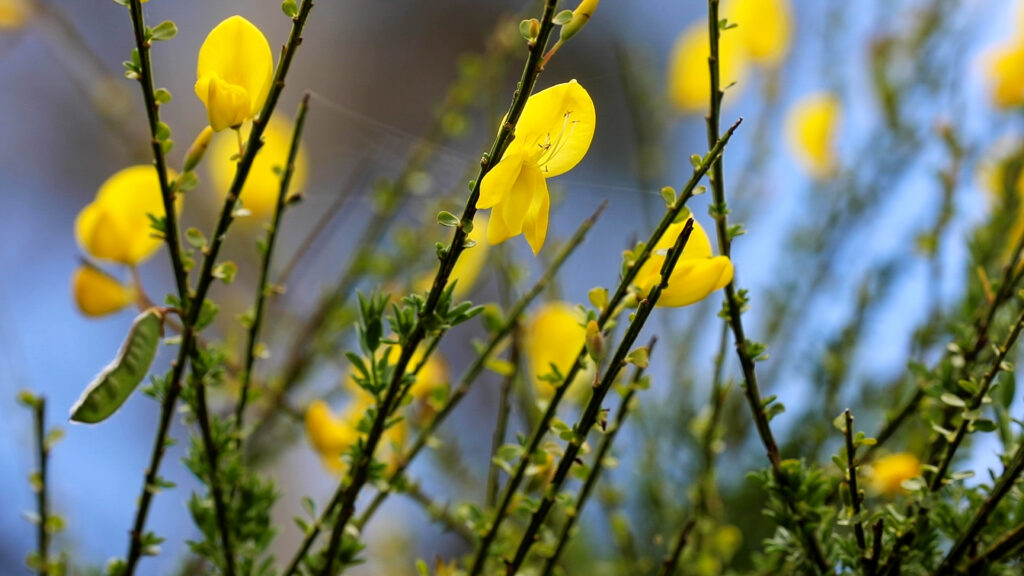
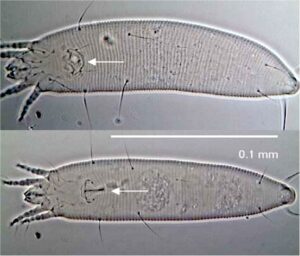
These tiny insects have proven to be an effective, natural solution, and today, Scotch Broom has vanished from the sanctuary.
Managing Director of Aussie Ark, Tim Faulkner, calls it an “ecological miracle”, crediting the mites with helping restore balance to the landscape.
Scone Landcare’s Ruth Hardy says:
“Scone Landcare recognised the invasive weed Scotch Broom had overrun native vegetation in the Barrington Tops sanctuary…By working with Aussie Ark and the Department of Primary Industries, our volunteers were able to translocate gall mite stems to the facility, with monitoring and control efforts making a lasting difference.”
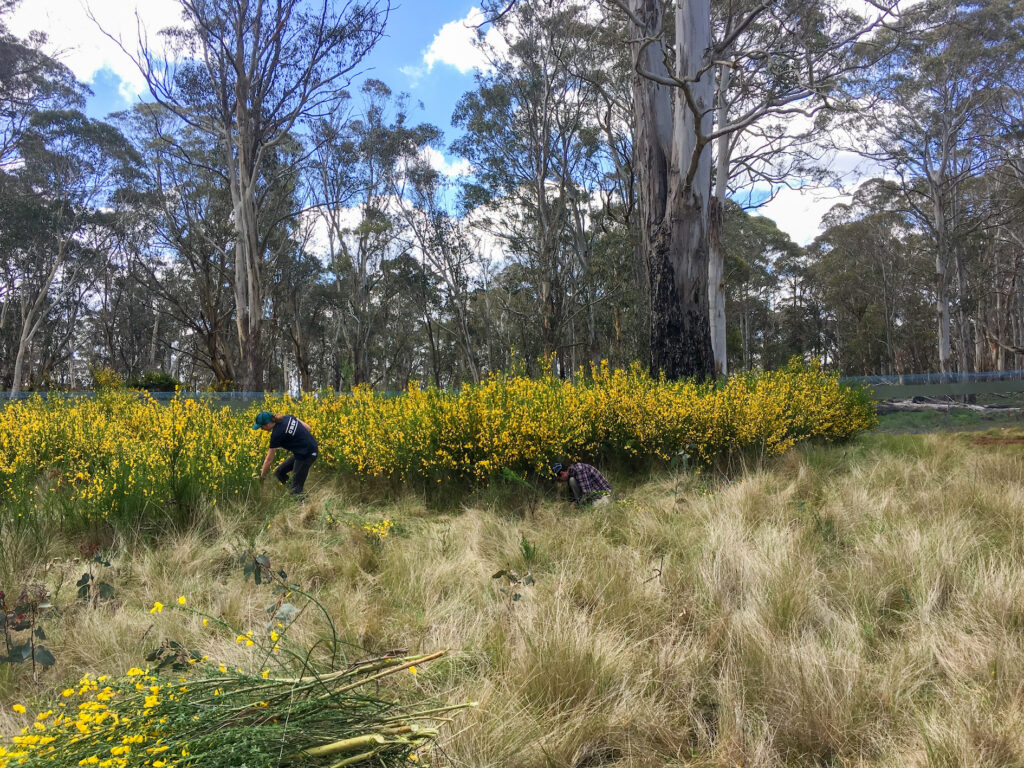
From Jodie Lovell, NSW Landcare Enabling Program Manager at Landcare NSW:
“This is an outstanding example of what can be achieved when passionate organisations like Aussie Ark work hand-in-hand with local Landcare groups. The eradication of Scotch Broom from such a significant sanctuary is not just a local win – it’s a model of success that could be replicated across the state.”
“Landcare NSW is proud of Scone Landcare to have played an important role in this long-term, science-backed effort to restore native landscapes.”
To learn more about this wonderful project:
Scone Landcare helps Aussie Ark banish Scotch Broom
P.S. Aussie Ark has a surplus of mites – please email admin(at)aussieark.org.au
Photos: Aussie Ark
